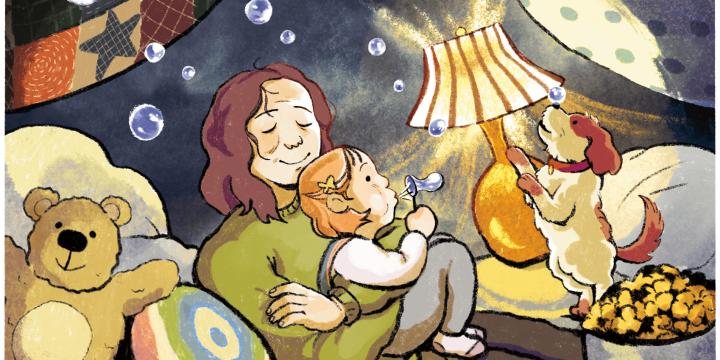
The most common types of unwanted sexual behavior experienced by women in public are unwanted sexual attention (25%), unwanted physical contact (17%) and unwanted comments about their sex or gender (12%). These are also the three most common types of behavior experienced by men, though at a considerably lower rate (each 6%).[1]
What is consent?
Consent is people deciding what is best for them, clearly and enthusiastically. Consent is a voluntary agreement to engage in an activity. It must be given by both people. Consent must be clearly expressed in words and behavior.
It is very important to note that consent is not obtained if a person is impaired by alcohol or drugs.[2]
What is consent culture?
’Consent Culture’ is an environment built around mutual consent. It respects a person’s decisions and autonomy of their own body and acknowledges that they are the best judge of their wants and needs.
Consent is ongoing, meaning it can be withdrawn at any stage, and must be freely given.[3]
Why is consent important?
Understanding consent in our every day lives is extremely important. By understanding consent at a younger age and practicing this in day-to-day activities, consent can be normalized, practiced, and promoted in all aspects of a young person’s life. This will become even more important as they begin having intimate relationships.
While we know sexual violence can affect anyone, women, especially Indigenous women, women of colour, and LGBTQ folks, are at a higher risk for experiencing violence.[4]
In Canada, gender-based violence is a serious health concern and the importance of understanding and practicing consent needs to be taken seriously.
- More than 11 million Canadians have been physically or sexually assaulted since the age of 15. This represents 39% of women and 35% of men 15 years of age and older, with the difference driven by a much higher prevalence of sexual assault among women than men (30% versus 8%).[5]
- Women self-reported 553,000 sexual assaults in 2014.[6]
- Sexual assaults account for about 33% of all crimes committed against Indigenous women and 10% of all crimes committed against Settler women.[7]
- “Sexual violence experienced by Aboriginal women has been correlated with higher incidence of homelessness, self-harming behaviour, attempted suicide and suicide, as well as mental health issues.”[8]
- “LGB women who have experienced sexual violence report sleep disorders, depression, loss of self-esteem, fear of intimacy, eating problems, Post Traumatic Stress Disorder, and a range of other factors affecting daily experience.”[9]
- “[Trans] survivors of sexual assault and/or relationship abuse face particular difficulty in accessing services, due in part to gender-based distinctions of women’s and men’s services and in part to tensions between some women-only organizations and some trans advocacy groups and individuals over issues of who is defined as a “woman.””[10]
Want to find out more about Consent Culture? Here is some of our recommended reading:
- Six Resources to Help Parents talk to their Kids about Consent
- Understanding Consent
- RCMP Respect Sexual Consent
- The Complete Guide to Teaching Kids about Consent at Every Age
- Campus Toolkit For Creating Consent Culture
Next Week
Keep an eye on the blog next week to learn more about the positive and negative aspects of social media and how they impact our relationships.
References
[2] Adapted from Department of Justice, Government of Canada, A Definition of Consent to Sexual Activity

